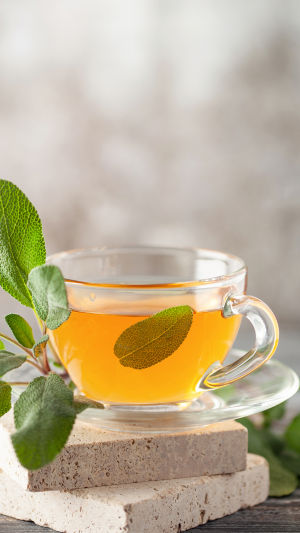Hot tea, a timeless beverage, holds a significant place in the global tea culture.
Whether to warm up during chilly winters or to find solace in hot summers, hot tea provides both comfort and delight.
More than just a beverage, it is an embodiment of culture, encompassing a rich history, deep-rooted traditions, and unparalleled craftsmanship.
This article will delve into the origins, types, production methods, and cultural significance of hot tea in great detail.
1. Origin of Hot Tea
The history of hot tea traces back thousands of years in China, with legendary accounts often linking the discovery of tea to the time of the mythical figure.
After tea was discovered, people began experimenting with brewing it using hot water, thus gradually forming the habit of consuming hot tea.
The widespread dissemination of tea in China goes beyond mere beverage consumption; it represents a cultural legacy.
2. Types of Hot Tea
A plethora of hot tea types exist, each boasting distinct flavors and characteristics. Here are some commonly consumed hot tea varieties:
Green Tea: Lightly oxidized, green tea retains its vibrant emerald hue and natural aroma. Well-known green teas, such as Longjing and Biluochun, offer a fresh and invigorating taste.
Yellow Tea: A rare variety with a unique production process, yellow tea features a distinctive aroma and flavor. Renowned examples include Rujun Mountain Silver Needle.
White Tea: This minimally processed tea maintains its original flavor. Varieties like Silver Needle and White Peony deliver a gentle and delicate taste.
Black Tea: Fully fermented, black tea boasts robust flavors and deep color.
Oolong Tea: Positioned between green and black tea, oolong tea boasts a strong aroma and distinctive taste. Famous oolong varieties like Tieguanyin and Dahongpao hail from Taiwan.
3. How to Brew Hot Tea
Brewing a delectable cup of hot tea requires some finesse, as different teas have unique brewing methods. Here's a basic guide to brewing hot tea:
Prepare the Tea Set: Choose an appropriate teapot or teacup, ideally made of ceramic or glass to preserve the tea's original flavors.
Add Tea Leaves: Based on your preference and the tea type, add an appropriate amount of tea leaves to the teapot or teacup.
Pour Hot Water: The water temperature is crucial. Green tea typically requires 80-85 degrees Celsius, while black tea needs 95-100 degrees Celsius. Boil the water, let it cool slightly, and then brew.
Steeping Time: Different tea leaves require varying steeping times. Generally, green and white teas steep for 1-3 minutes, while black and oolong teas need 3-5 minutes.
Pour and Enjoy: After the suitable steeping time, pour the brewed tea into the cup, savoring the rich aroma and unique taste.
4. The Cultural Significance of Hot Tea
In Chinese culture, hot tea plays a pivotal role, symbolizing not just a beverage but spiritual nourishment and tradition. Hot tea embodies warmth, tranquility, companionship, and traditional virtues. In China, tea consumption is viewed as a way to maintain health and a pivotal aspect of social interaction.
Hot tea is also an art form, necessitating skills in brewing, taste appreciation, and cultural understanding. The tea ceremony culture is an integral part of Chinese tradition, emphasizing harmony, respect, and a reflection of the Chinese people's appreciation for life.
Hot tea, with its extensive history, diverse variety, meticulous production, and profound cultural significance, transcends being a mere drink for quenching thirst.
It is a lifestyle, that enables individuals to connect with nature and savor the essence of life. Regardless of the season, hot tea envelops us with warmth and joy. Let's share a cup of hot tea and experience its beauty together.





